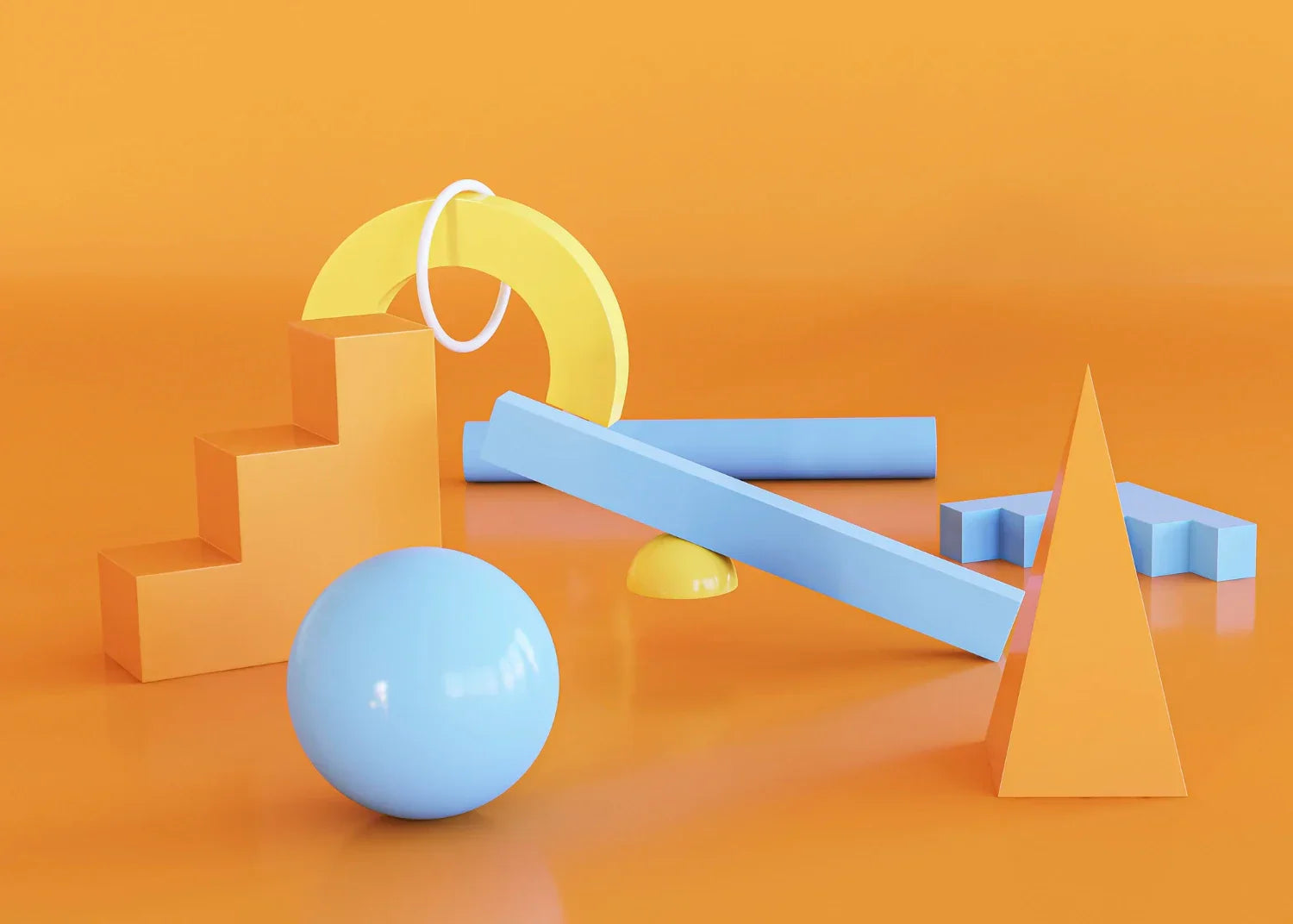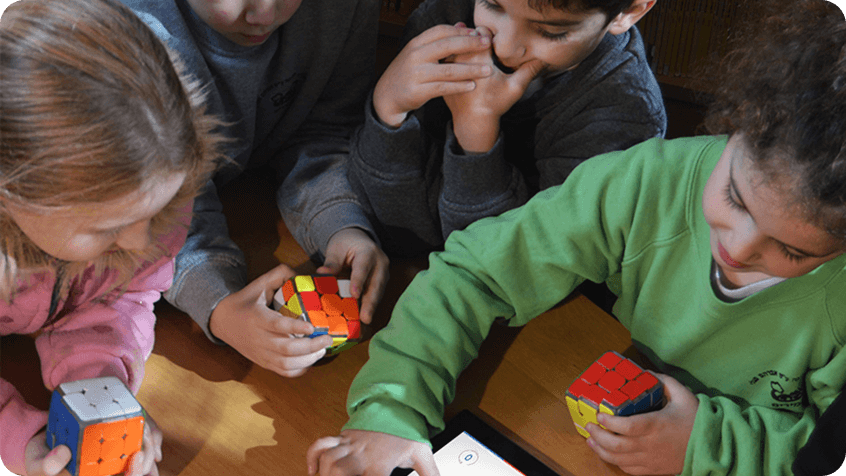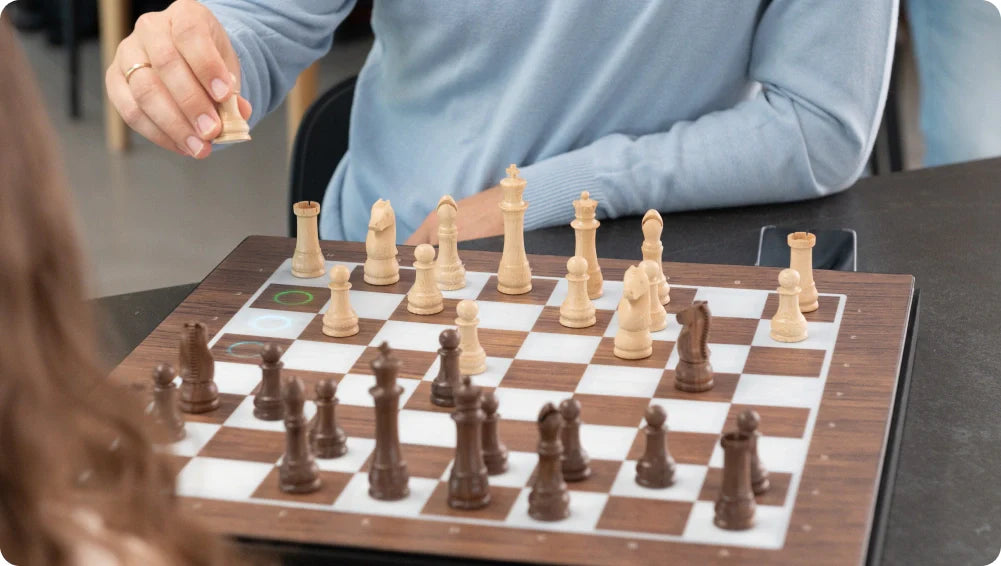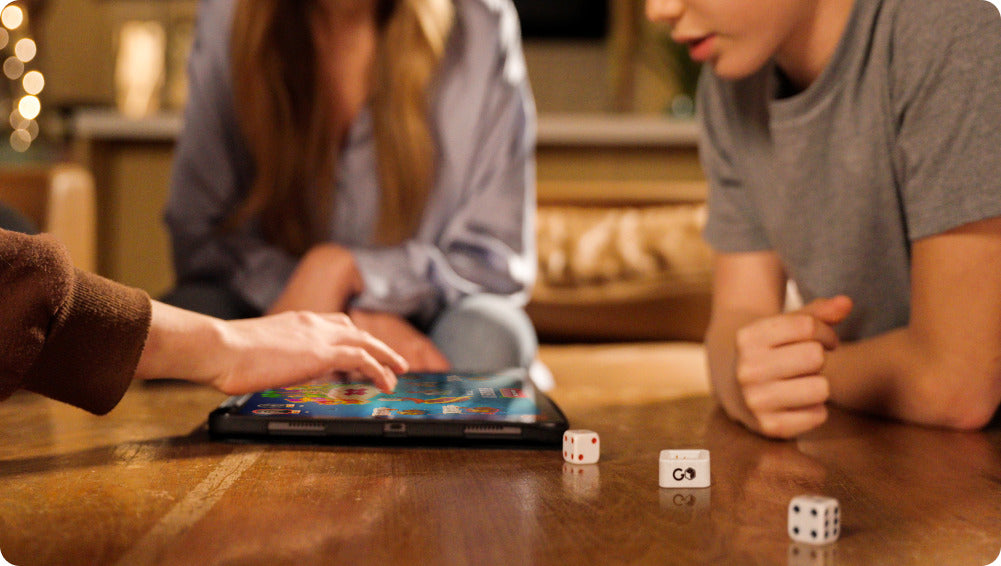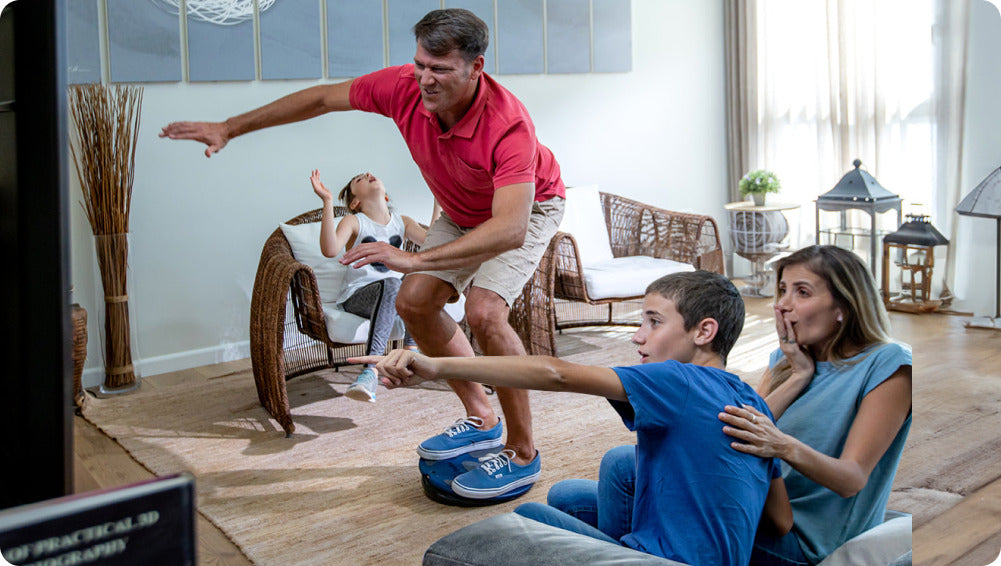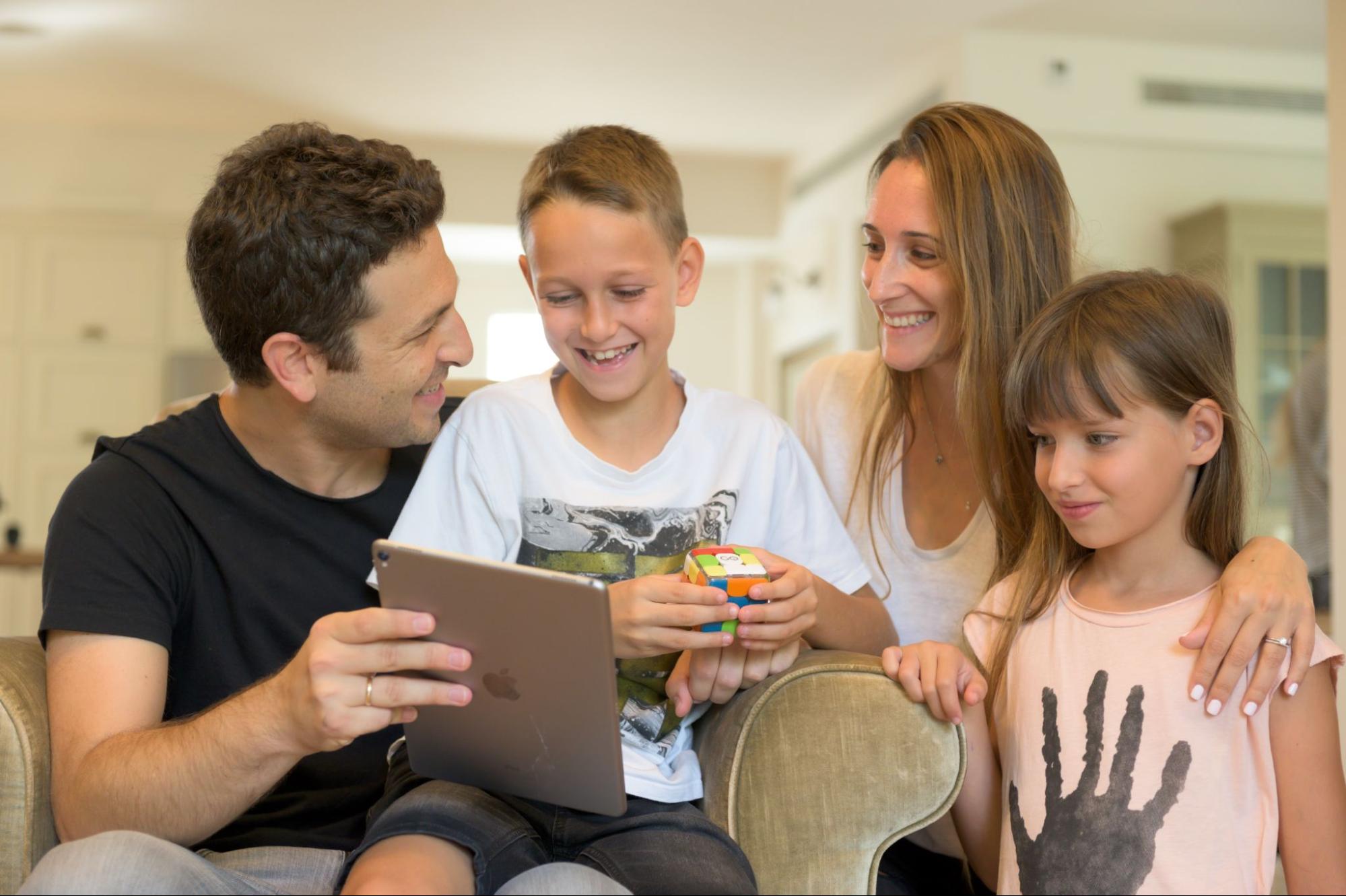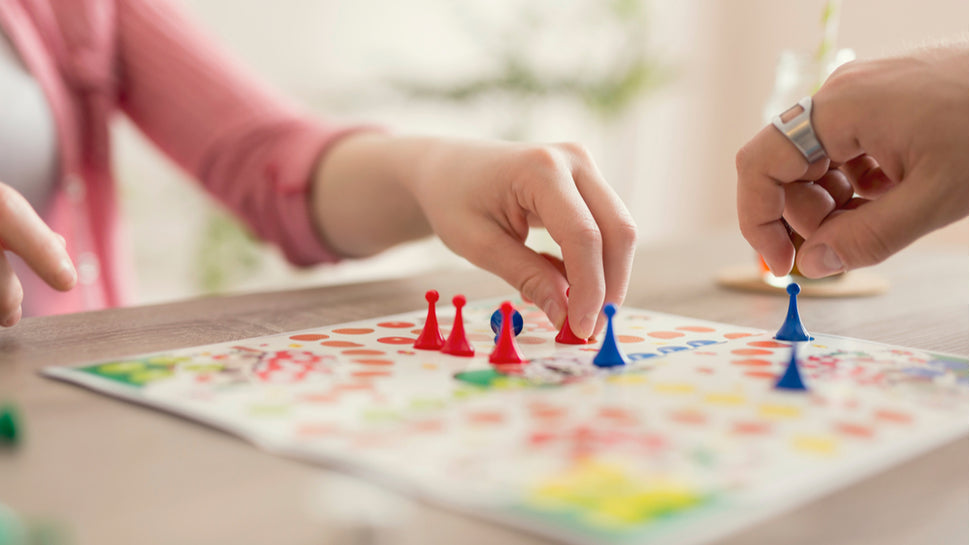Balancing on one foot or walking a straight line might look simple, but for a child, it’s a thrilling challenge and a vital skill. Balance games aren’t just play; they secretly help kids build core strength, coordination, and spatial awareness.
Best of all, these games are fun. From rainy-day indoor adventures to outdoor playground classics, from solo challenges to group giggle-fests, you’ll find a wide variety of balance-boosting games here. This ultimate listicle makes it easy to find the perfect activity—whether the goal is playful movement, structured fun, or simply keeping kids engaged and active.
Table of Contents
- Indoor Balance Games
- Outdoor Balance Challenges
- Solo Balance Games
- Group & Partner Balance Games
- Sensory & Therapy-Inspired Balance Activities
- Why Every Child Needs Balance Games
Indoor Balance Games
These balance games are perfect for rainy days, classroom breaks, or anytime active fun is needed without heading outside.
Tape Balance Beam Walk
Transform painter’s tape into a thrilling tightrope challenge. Let kids walk heel-to-toe across straight or zigzag paths, boosting concentration and posture. Try backward steps, balancing a beanbag on their heads, or finishing with a leap onto a soft pillow for extra excitement.
Pillow Stepping Stones Path
Arrange pillows across the room to act as “stones” in an imaginary river. Kids must step from one to the next without touching the “water” (floor), enhancing coordination, foot strength, and agility. Increase the difficulty by spacing pillows farther apart or adding spins and hops between steps.
The Floor Is Lava
A classic favorite, scatter cushions and mats as safe zones throughout a room. When you shout “Lava!”, children must quickly find and jump to a safe zone. Gradually remove mats or increase the time they must hold their position to raise the challenge.
Dance Freeze (Musical Statues)
Play upbeat music and let kids dance freely. When the music stops, they must freeze in a balance pose such as standing on one foot, a yoga tree pose, or a fun superhero stance. This game improves balance, body control, and proprioception.
Indoor Hopscotch
Use tape to create a numbered hopscotch grid on the floor. Kids hop through using one or both feet, enhancing their gross motor skills and rhythm. Spice it up with commands like “spin while hopping” or “clap before landing” to keep it engaging.
GoBalance Games
Turn active play into a full-body learning experience with the GoBalance Smart Board. This tech-enhanced balance board connects seamlessly to the app, transforming physical movement into interactive on-screen challenges. With over 12 free games, kids navigate fun activities that are designed to improve balance, coordination, posture, and focus.
The board encourages physical activity while keeping screen time purposeful. With real-time feedback, adjustable difficulty levels, and progress tracking through the app, children stay engaged and motivated as they build essential motor skills. GoBalance makes staying active both fun and meaningful.
Outdoor Balance Challenges
Fresh air and open space create the perfect environment for high-energy balance games. These outdoor challenges combine movement, coordination, and fun in a way that keeps kids fully engaged
Hopscotch Obstacle Course
Reinvent the classic hopscotch by drawing a vibrant course with chalk arrows, stars, curves, and tricky turns. Make it even more exciting by having kids play barefoot on the grass, offering a rich sensory experience that strengthens foot muscles and spatial awareness.
Backyard Tightrope Walk
Lay a rope, garden hose, or slackline low across the yard to simulate a tightrope. Encourage kids to walk across slowly, arms out for balance. Add a creative twist, imagine crossing a deep canyon with bubbling lava below. This activity blends physical skill with imaginative play.
Obstacle Course with Balance Elements
Set up a dynamic outdoor trail featuring balance beams, cones to zigzag through, and small hurdles. Add tasks like balancing a beanbag on their head or carrying a cup of water to challenge coordination, patience, and control while moving.
Three-Legged Race
Pair up kids, tie one of each of their legs together, and watch teamwork unfold as they race. Introduce zigzag paths or soft terrain for an added balance challenge. This classic race boosts cooperative movement, timing, and laughter.
Chalk Balance Trail
Draw a winding path filled with twists, loops, and narrow segments directly on the sidewalk or driveway. Kids must tiptoe, hop, or walk heel-to-toe without stepping off. It sharpens concentration, motor planning, and core balance in a playful way.
Solo Balance Games
Perfect for quiet time or independent play, these activities help kids develop balance and body control on their own, building confidence with every steady step.
One-Foot Balance Challenge
A simple yet powerful test of stability, kids stand on one foot while counting aloud. Level up by closing their eyes, turning their head, or standing on a pillow. It’s a fun way to improve proprioception and beat personal records, day after day.
Balance Juggling
This multitasking challenge boosts both mental and physical agility. Kids stand on one foot, toss a ball over their raised leg, and catch it under the same leg. As they get better, increase speed or switch legs to keep it fresh and challenging.
Yoga Balance Poses
Introduce calming balance poses like Tree, Airplane, or Starfish. Use imaginative prompts, “Be a tree swaying in the wind” or “Soar like an airplane.” These poses enhance stability, muscle control, and mindfulness while creating a peaceful, focused state.
DIY Balance Board
Create a homemade balance board using a sturdy plank over a round roller or log. Kids pretend to surf or snowboard as they shift their weight to stay upright. Always supervise and use it on a carpet or grass for safety and comfort.
Tin Can Stilts
Craft old-fashioned stilts from tin cans and rope. Walking on them is a playful way to learn balance, upright posture, and coordination. Plus, kids feel taller and more confident with every step they take.
Group & Partner Balance Games
These group activities are perfect for classrooms, playdates, or family gatherings. They help kids develop physical balance, teamwork, and communication skills, all while having a blast.
Human Balance Pyramid
Kids work together to create a stacked pyramid. Two or three children kneel or squat to form a stable base, while the next child carefully climbs onto their backs. A smaller child tops it off with a playful pose like arms outstretched or a superhero stance. This exercise builds not only physical balance and stability but also trust, patience, and collaboration. Always supervise closely to ensure safety and use soft mats or grass surfaces.
Partner Trust Lean
In pairs, kids face each other, hold hands, and slowly lean backward while keeping their feet planted. The goal is to balance each other's weight evenly, creating a “human seesaw” effect. This builds core strength, coordination, and most importantly, trust between partners. You can add variations like closing eyes or standing on balance cushions for an extra challenge.
Hula Hoop Pass
Players form a circle and hold hands. A hula hoop is slipped over one child’s arm, and without letting go, the group must maneuver the hoop around the entire circle. The activity encourages problem-solving, physical coordination, and cooperation. To increase difficulty, time the round or add multiple hoops moving in opposite directions.
Simon Says – Balance Edition
A twist on the classic game with added physical challenges. “Simon says stand on one foot,” “Simon says walk backward in a straight line,” or “Simon says freeze in a yoga pose.” You can introduce props like small beanbags balanced on heads or plastic spoons with balls. It’s fun, sneaky exercise that sharpens focus, listening skills, and balance, all at once.
Balance Relay Races
Divide into teams. Kids take turns balancing an object (like a beanbag or small ball) on their head, spoon, or outstretched arm while walking a set path. If the item drops, they return to the start. These races boost coordination, concentration, and friendly competition. You can add obstacles or require walking on a balance beam for variety.
Sensory & Therapy-Inspired Balance Activities
These activities are grounded in sensory integration and occupational therapy principles. They're designed to enhance balance, body awareness, and motor planning, especially helpful for children who are sensory-seeking or need extra physical input to stay regulated and focused.
Barefoot Sensory Balance Trail
Create a textured walking path using a variety of household or natural materials like bubble wrap, pillows, foam pads, wood planks, artificial grass, or sandpaper. Please ensure that all materials are soft, non-toxic, and suitable for children’s delicate feet. Walking barefoot across each section stimulates the foot’s sensory receptors and strengthens proprioception, our ability to sense body position and movement. This trail can be as short or as long as you like, and it's a fun way to build tactile confidence while keeping the nervous system engaged.
Blindfold Balance Beam
Use painter's tape or a narrow foam beam on the floor to simulate a balance beam. With eyes closed or wearing a blindfold, kids attempt to walk the line slowly. Removing visual input heightens reliance on internal body awareness (vestibular and proprioceptive senses), improving balance, coordination, and focus. Supervise closely, and use soft surfaces or spotters for safety.
Therapy Ball Balance
Children sit on a large yoga or stability ball with feet flat on the ground. An adult or peer gently nudges the ball to encourage core activation and postural control. For an extra challenge, introduce a soft ball or beanbag for toss-and-catch, or have the child lift one foot slightly off the floor. This is a core-strengthening favorite in many pediatric therapy settings and also promotes bilateral coordination.
Ladder Bridge Walk
Lay a sturdy rope ladder, wooden climbing ladder, or balance beam flat on the ground with small elevation under each end (stacked books or blocks work). Children carefully walk across while pretending it’s a shaky rope bridge. This imaginative challenge develops motor control, dynamic balance, and confidence. Add sound effects or a “lava floor” storyline to increase engagement.
Why Every Child Needs Balance Games
Balance games aren’t just fun, they’re foundational. In early childhood, balance plays a crucial role in nearly every aspect of physical and cognitive development. Whether it’s walking across a beam, hopping on one foot, or using a balance board, these activities help kids gain control over their bodies, which in turn builds confidence and coordination.
Research confirms how impactful balance training is for growing children. According to a study published in BMC Research Notes, balance training improves both static and dynamic balance performance in healthy children, regardless of how long or how often the training is done. That means even small, consistent moments of balance play can make a measurable difference in a child’s physical development
Balance games stimulate a child’s vestibular system (which helps with balance and spatial orientation) and proprioceptive system (which tells the brain where the body is in space). Strengthening these systems enhances motor control, body awareness, and posture.
Incorporating balance-based activities into a child’s daily routine is easier than you might think. Walking along a taped line on the floor, navigating obstacle courses, using smart boards like the GoBalance, or even dancing to music that involves freezing or holding poses—all of these simple games build essential motor skills in ways that feel like play, not work.
Beyond physical benefits, balance games often include an element of social interaction, teamwork, or problem-solving, especially when played in groups. That makes them incredibly versatile, supporting emotional development and cognitive flexibility along the way.
Conclusion
From tiptoeing across tape in the hallway to conquering a wobble board video game, these balance games prove that improving stability and coordination can be a blast. Kids may wobble, teeter, and sometimes tumble, but with each game they’re building strength and confidence.
So encourage your kids to explore these balance games. Join in the fun when you can; you might be surprised at the workout you get and the memories you make. With each beam they cross and each hop they land, they’re gaining more than balance. They’re gaining resilience, fitness, and the confidence that comes from mastering new skills, all while having the time of their lives. Now that’s a balancing act worth celebrating!



